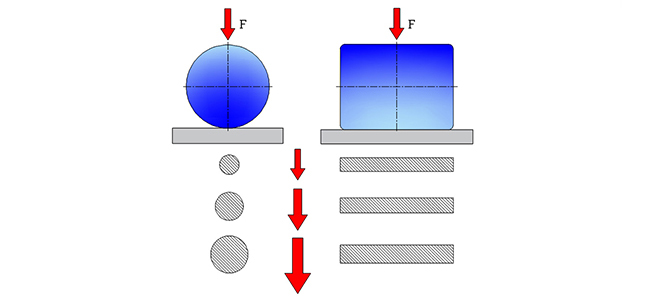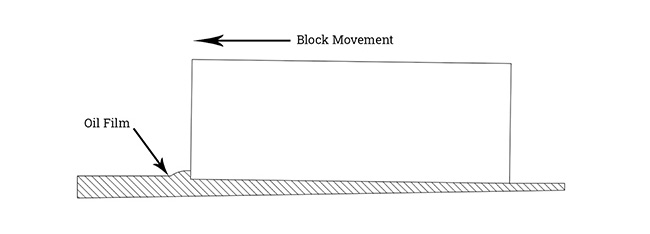How Does Linear Rail Work?
Linear rail is mainly used in high precision or high speed linear reciprocating movement, and can bear a certain torque, can achieve high precision linear motion under high load. In this article, we will introduce working principle of linear rail in detail.
It can be understood as a rolling guide, which is an infinite rolling cycle composed of steel balls between the slider and the guide, which enables the load platform to easily perform high-precision linear motion along the guide, and reduces the friction coefficient to that of a normal traditional sliding guide. One-fifth, a high positioning accuracy can be easily achieved. The design of the guide rail between the slider and the coupon end element enables the linear guide to be loaded with various loads in the up and down direction, while the patented system of recycling and streamlined structure design make the ATO industrial automation linear guide more stable and low in noise.
The main components of linear slides are bearings, which can be rolling elements or magnetic bearings. Rolling elements use balls or rollers to minimize the contact area to the friction surface. The surface on which these elements roll is called a race. Rolling bearings using rolling balls are called ball bearings, while rolling bearings using rollers are called roller bearings. Ball bearings reduce contact to a small point. Theoretically, the contact area can be reduced to an infinitesimal point as long as the surface can resist the resulting infinitely high contact stress. In practice, the ball and track surface deform slightly, resulting in a limited contact area. The small contact area limits the heavy loads the ball bearing can carry. In order to counteract the high contact stress produced, the number of contact balls was increased.

The rolling elements that use rollers are roller bearings, which are designed to carry loads and minimize friction. Roller bearings use rolling elements that separate the moving parts from the bearing to move loads. Theoretically, the contact area between the roller and the raceway surface is a line. Like spherical balls, the rollers deform to form a rectangular contact area. The area of this rectangle is larger than that of a ball bearing of the same size. Therefore, the resulting contact stress is lower, allowing them to carry larger loads.
 Plain surface bearings use sliding surfaces instead of rolling elements to support a load and allow motion. Plain surface bearings utilize materials and finishes with a low coefficient of friction and lubrication. Some plain surface bearings are made from composite materials such as PTFE and graphite with a metal backing. This type is called dry lubrication. This allows no metal-to-metal contact between the sliding surfaces and provides heat dissipation characteristics from the metal backing. As PTFE and graphite bearings are abraded, the worn-off particles become a lubricating layer. A similar property is seen in plastic plain bearings, however, they lack heat dissipating properties and act as thermal insulators.
Plain surface bearings use sliding surfaces instead of rolling elements to support a load and allow motion. Plain surface bearings utilize materials and finishes with a low coefficient of friction and lubrication. Some plain surface bearings are made from composite materials such as PTFE and graphite with a metal backing. This type is called dry lubrication. This allows no metal-to-metal contact between the sliding surfaces and provides heat dissipation characteristics from the metal backing. As PTFE and graphite bearings are abraded, the worn-off particles become a lubricating layer. A similar property is seen in plastic plain bearings, however, they lack heat dissipating properties and act as thermal insulators.


